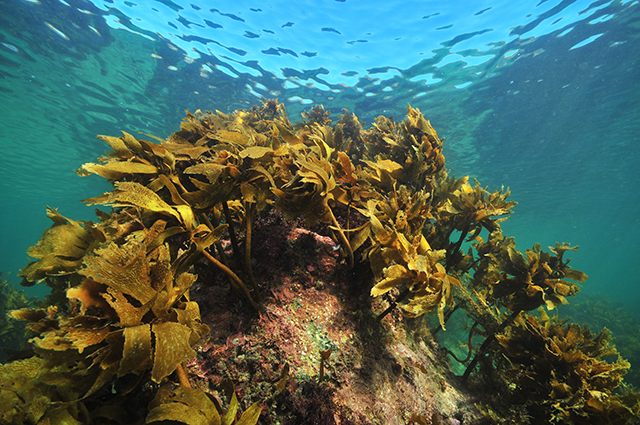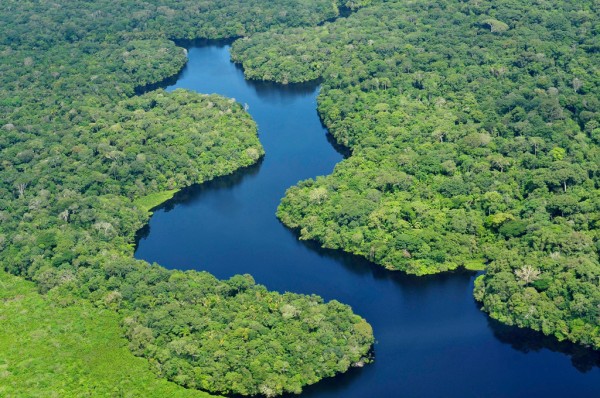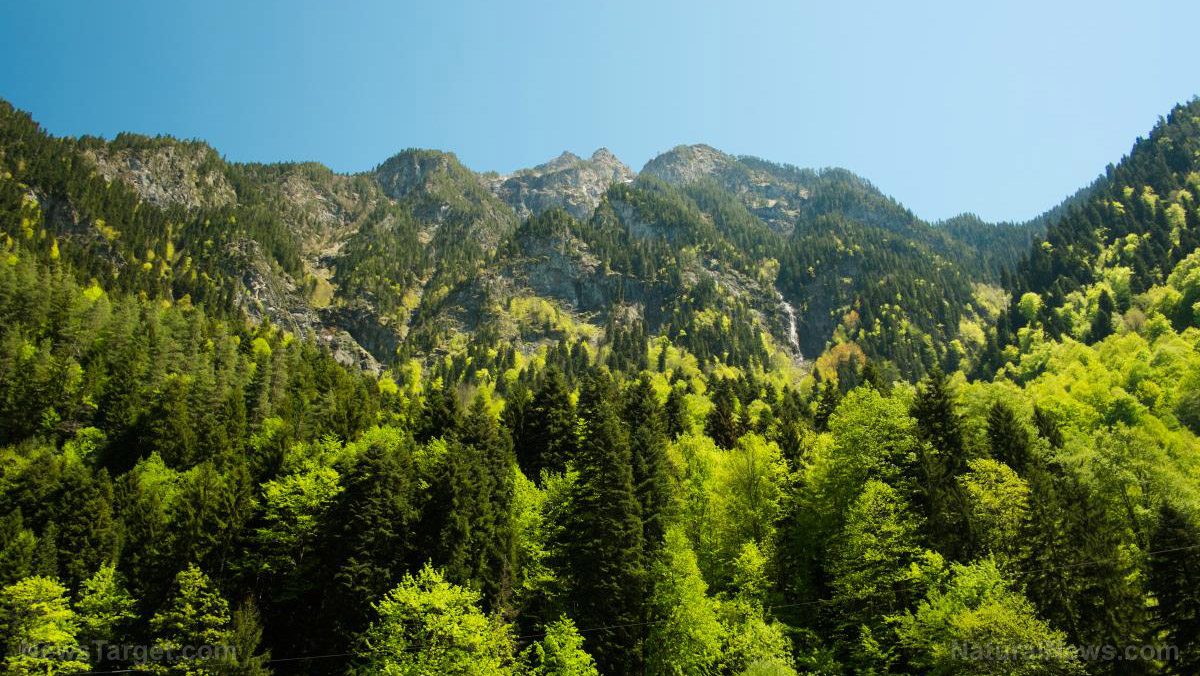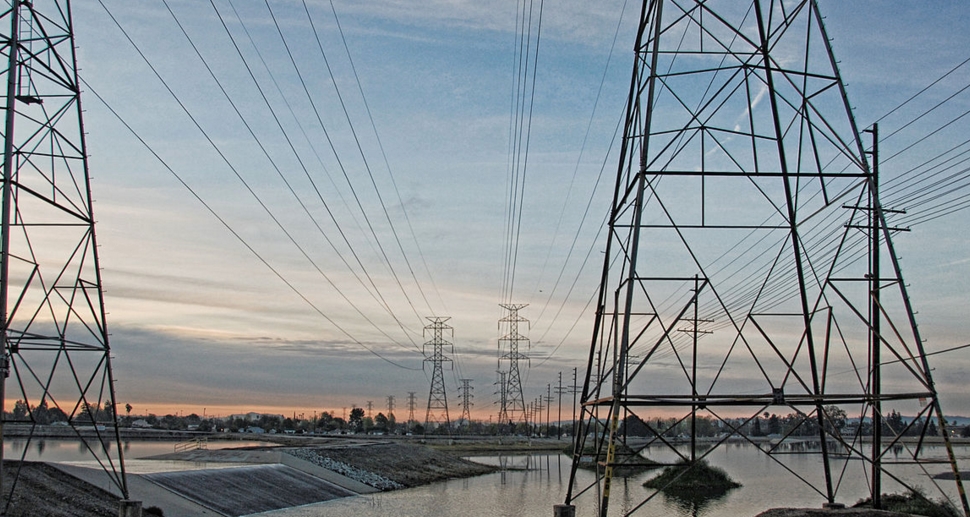Seaweed could save California’s coastline by reducing ocean acidification
05/18/2018 / By Janine Acero

Researchers from the California State University (CSU) found that marine vegetation could play a significant role in minimizing ocean acidification (OA), a phenomenon wherein the ocean waters become too acidic due to higher concentrations of carbon dioxide (CO2) in the atmosphere.
Ocean acidification is a chemical reaction brought about by a significant reduction of pH levels in ocean waters caused by an excess of CO2 in the atmosphere. In other words, the oceans are absorbing too much CO2 from the atmosphere, making the water more acidic.
This phenomenon affects marine species, particularly shrimps and oysters, whose exoskeletons and shells don’t form as fast in highly acidic waters. Highly acidic oceans may also change the behavior of fish.
However, much like their counterparts on land, aquatic plants such as kelp and seagrass take up CO2. The researchers from CSU found that these plants may help mitigate the effects of ocean acidification and help marine species cope with harsh ocean water.
The Ocean Protection Council Science Advisory Team (OPC-SAT) Working Group, which is managed by the California Ocean Science Trust, brought together a group that included five CSU faculty to study whether aquatic vegetation could protect vulnerable species on California’s coast.
“A lot of people are not aware how strikingly challenging OA could be in our future,” says Karina Nielsen, Ph.D., co-chair of the group that authored the report titled, “Emerging Understanding of Seagrass and Kelp as an Ocean Acidification Management Tool in California.”
“The ocean is an iconic part of California’s identity. OA is a big threat to that,” she added, noting that the effects are getting more apparent now.
Such effects could potentially change the “entire oceanic food web” which would greatly affect human populations that depend on marine species for food and commodities, according to Krista Kamer, Ph.D., director of CSU Council on Ocean Affairs Science and Technology (COAST). She also says ocean acidification could also impact protected species such as whales, turtles and sea birds.
According to Nielsen, “kelp and seagrass do have the capacity to locally increase the pH of seawater,” and that they provide a sort of “low-acid refuge” for species such as oysters, abalone, crab and fish that stay around these plants.
The study highlights two species of eelgrass, a type of underwater coastal seagrass, and two species of kelp that are said to have the greatest pH-raising potential for California’s coast.
Study co-author Kerry Nickols, Ph.D., assistant professor of biology at CSU Northridge, who specializes in kelp research, said kelp and seagrass support marine habitats in different ways. She also added that kelp is a large species and grows at a faster rate than seagrass: “It can grow up to a foot a day.” According to Nickols, the sheer size and speed of growth of kelp offer tremendous potential for future research.
“The top of the kelp – the canopy – is where all the new growth is, and this is where we are finding the higher pH levels,” Nickols says. “We still need to determine how far the pH benefits can extend in the water, and how marine life can benefit.”
Investing in conservation may help tourism, recreation in California
According to Nielsen, investing in the conservation and restoration of eelgrass and kelp populations helps not only the plants, but the surrounding ecosystem. Underwater seagrass meadows and kelp forests offer numerous benefits, including reducing coastal erosion and providing shelter for a wide range of marine species.
The study highlights the potential of eelgrass as it may be able to absorb and trap CO2 long-term, much like how trees can store CO2 from the atmosphere. Scientists call this carbon sequestration.
“If researchers are able to quantify substantial carbon sequestration benefits,” Nielsen said, “eelgrass restoration and conservation projects could have financial value in carbon markets.”
Moreover, ocean acidification indirectly impacts California’s coastal economy, as it may also harm the state’s fisheries, which may affect tourism and recreation.
“If the things that draw people to California are negatively impacted, the identity and the cultural landscape of the state could potentially be at risk,” Nielsen noted.
Today, ocean acidification is recognized as an emerging threat to marine life, and researchers have put their knowledge and effort into finding solutions to lessen its impact. To learn more about these mitigation efforts, visit Ecology.news.
Sources include:
Tagged Under: acidic water, aquatic plants, aquatic vegetation, California, carbon dioxide, clean water, Climate, conservation, Ecology, economy, ecosystem, environment, erosion, food supply, Kelp, marine life, marine plants, marine species, marine vegetation, natural solution, Ocean Acidification, ocean health, ocean life, seagrass, seaweed, underwater plants, underwater vegetation



















